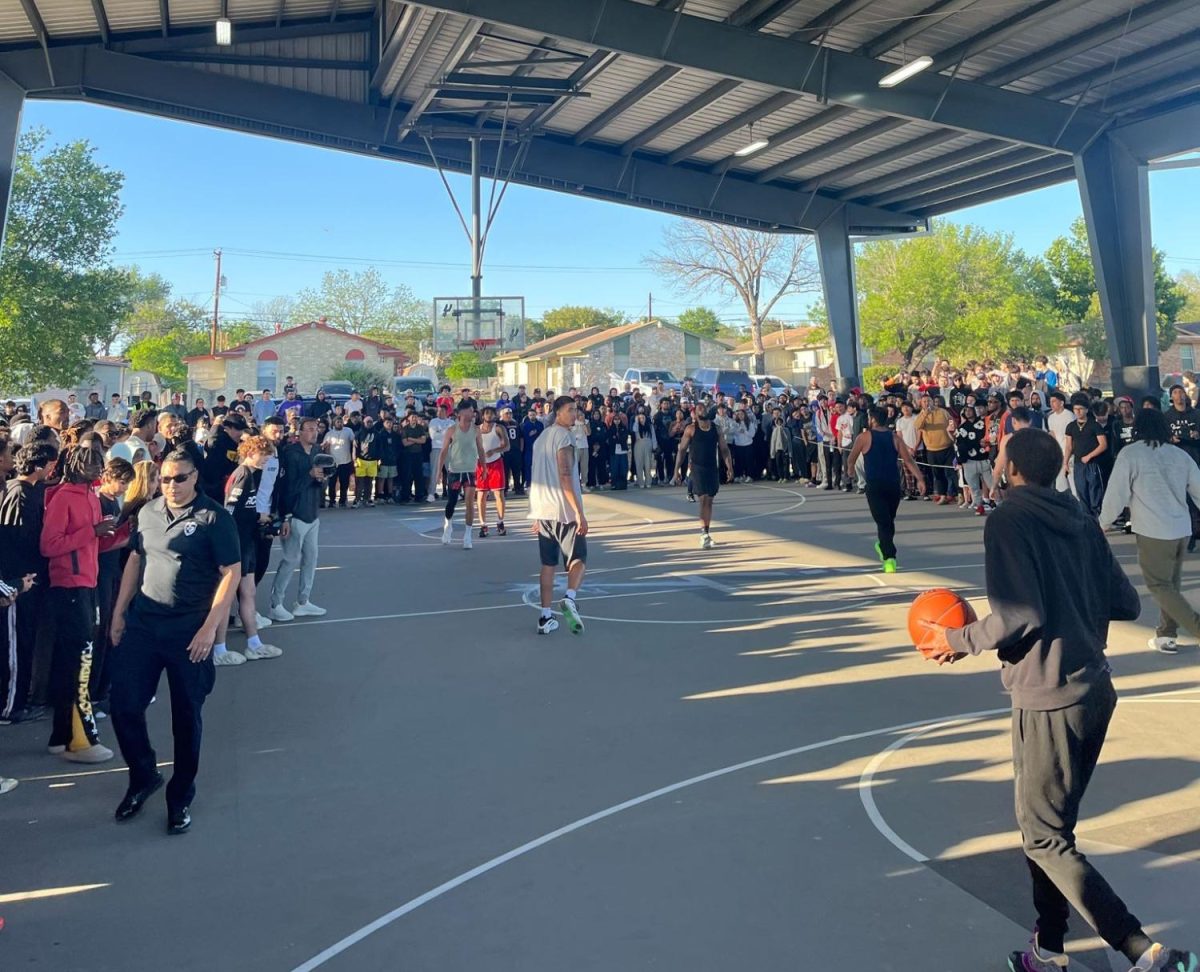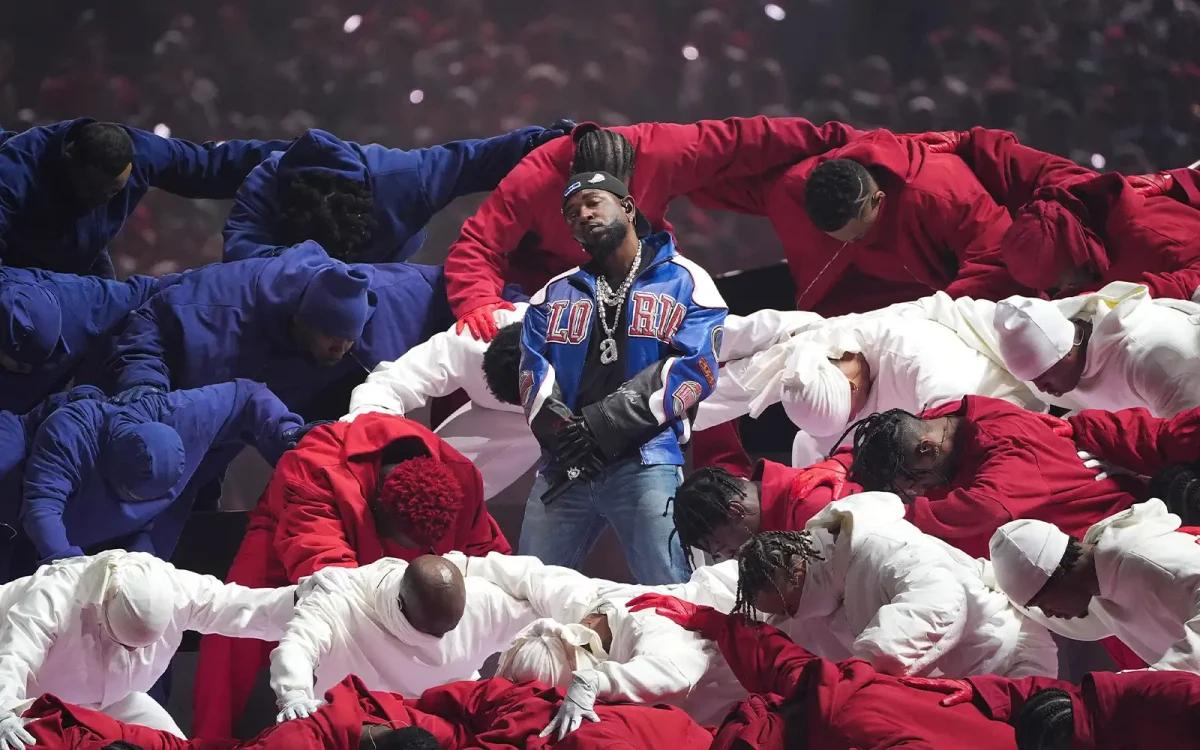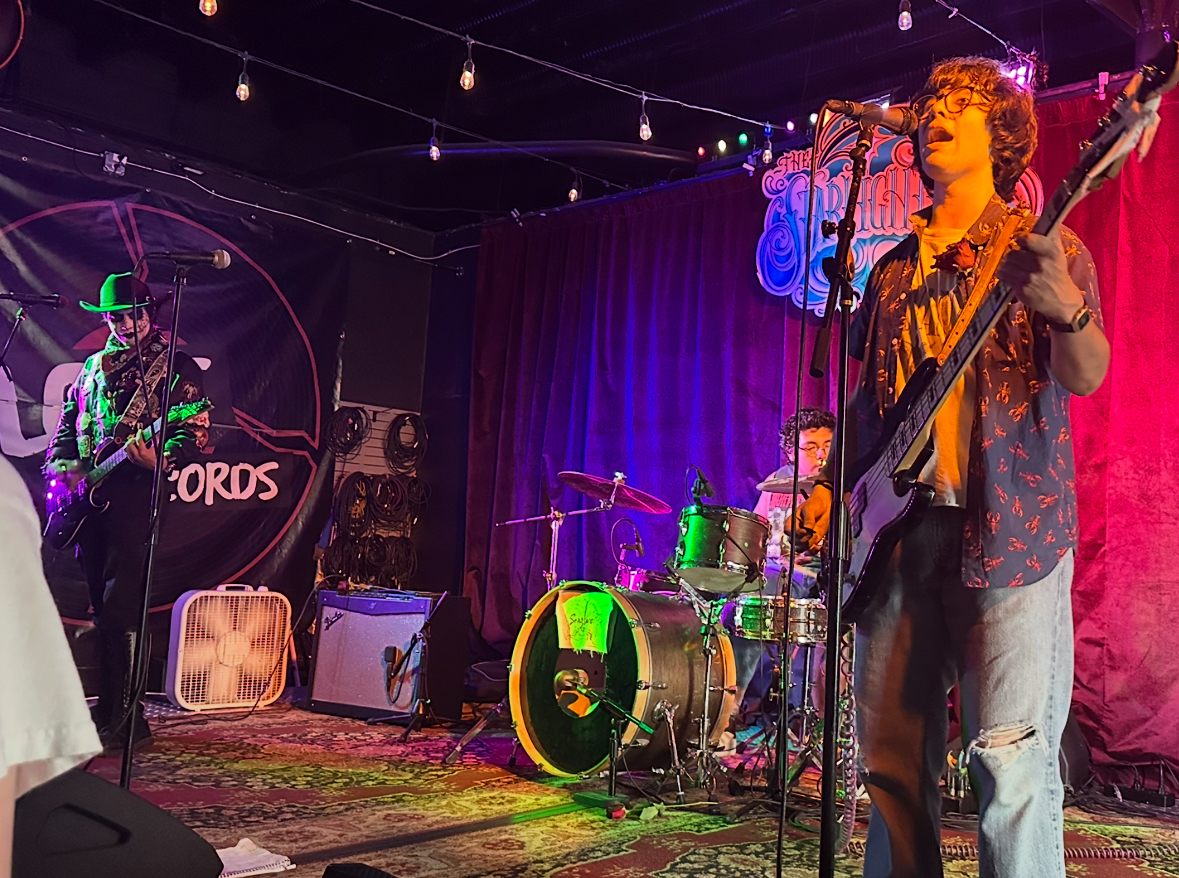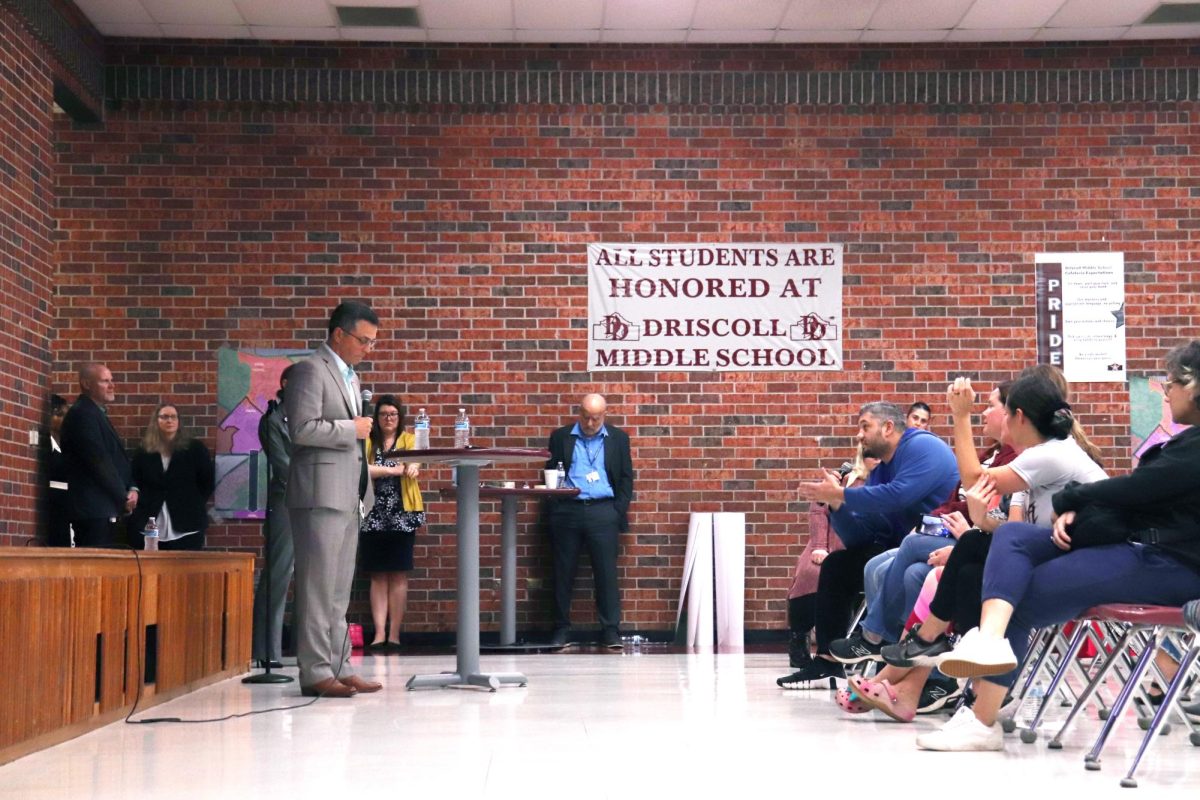By Estefania Lamas and Luke Thacker
The Future of the Administration
Tuesday’s elections showed Obama a major upset, with a loss of 60 seats in the House of Representatives (with 11 undecided) and 6 in the Senate (2 undecided). This was a bad sign for Obama’s administration which now finds itself facing a “gridlock”, or lack of same-party control in both Chambers of Congress. The situation has two potential outcomes:
a) The gridlock will cause a massive back-up of bills because the Republican controlled House of Representatives will propose bills that the slight Democratic majority in the Senate will not pass. Contingent on the 2 remaining seats, the Democrats need one more seat to win a majority vote, if this doesn’t happen,
b) The gridlock will force bipartisanship in Congress. Historical examples provide ample evidence this will happen; looking back at the Clinton administration, the Republican majority in both chambers proved to be a blessing, not a curse for his Presidency. His approval rating at the start of his first term was dismal, the lowest of any President assuming office. By his second term, a push for a more bipartisan congress allowed him and his policies to become more popular, ultimately ending with the 2nd highest approval rating in history (after Dwight D. Eisenhower). While he may not have gotten Healthcare passed, his push for bipartisanism was a strategic political move made by the Executive Branch. If Obama is willing to cooperate with his Republican rivals, there’s a large possibility he could be re-elected or end his administration on a high note.
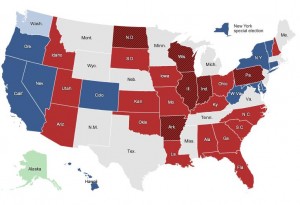
Bipartisanship
Cooperation with Republicans is imperative to a successful first term- taking on more domestic issues like ensuring a continuation of Social Security and extending the Bush tax cuts, while taking on a conservative Democratic approach on issues like Abortion (Pro- Choice for the Dems) and the legalization of Gay marriage or legal unions. This measure by the Commander-in-Chief will convince his supporters and voters on the fence that he’s not all talk and no action.
Support
While the Democratic party was unable to mobilize supporters; the large “enthusiasm gap” held by Democrats indicated that this election would not have as many Democratic voters as in 2008. It was reflected in the results as a majority of voters went Republican for the 2010 Midterm elections.
Here’s the breakdown:
Rural areas: Republican
Small towns: Republican
Suburbs: Republican
Cities: Democratic
While this disparity between cities and smaller, more rural areas may not seem initially impressive, this voter gap was widely exemplified in the races in Pennsylvania and Nevada, where large cities (Philadelphia and Las Vegas) pulled in the necessary votes to tighten the election for the Democratic candidates. Ultimately in Nevada, incumbent Harry Reid (the current Senate Majority Leader) was victorious for the Democratic party by a margin of 6%, while Pat Toomey, the Republican candidate in Pennsylvania, won by a slim margin of 2%, or about 80,000 votes.
For more information on turnout:
Voter Demographics: Facts and Statistics
- Most voters were over the age of 45
- Most voters were “White”
- There was a significantly larger amount of Female voters than Male voters
- Minorities widely supported the Democratic Party
- The Independent candidate won large support in Florida, dividing the formerly Democratic state and leading to a Republican victory by Marco Rubio in another tight election
The Future of the Administration
This election could become either a major setback or a great opportunity for Obama; his actions and sentiments towards losing a devastatingly large Democratic majority in both chambers is going to decide America’s reception of his presidency as a whole, and put the United States on close watch by the rest of the world, as Obama’s recent negotiations with Russian President Dmitry Medvedev put the US’s domestic security in question.
Stay tuned next week for an article on “America’s Relations with Russia: Dead or Alive”






